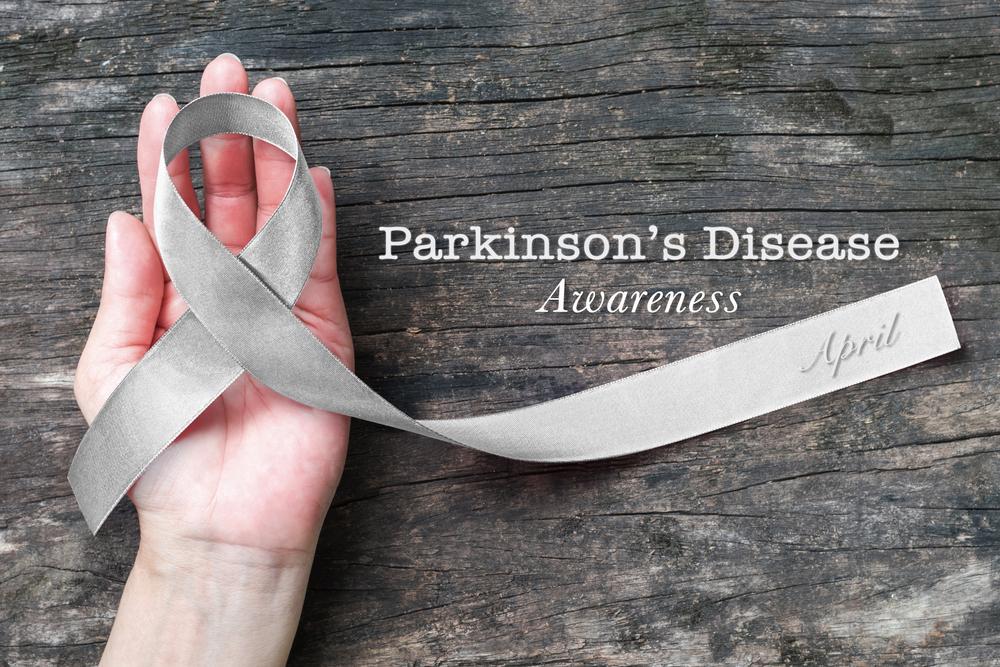Understanding Rare Variants of Parkinson's Disease: A Comprehensive Overview
Explore the rare and lesser-known variants of Parkinson's disease, including PSP, DLB, CBS, VP, and drug-induced Parkinsonism. Learn about their symptoms, diagnosis, and management strategies to improve patient care and outcomes in neurodegenerative disorders.

Understanding Rare Variants of Parkinson's Disease: A Comprehensive Overview
Parkinson’s disease is a complex neurological disorder that predominantly affects older adults, leading to progressive deterioration of motor functions and cognitive abilities. While most people are familiar with the classic form of Parkinson’s, there exists a spectrum of uncommon variants that present unique challenges in diagnosis and management. Recognizing these rare types is crucial for early intervention, tailored treatment plans, and improving patient quality of life.
At its core, Parkinson’s disease results from the degeneration of dopamine-producing neurons in the substantia nigra region of the brain. Dopamine, a vital neurotransmitter, plays a key role in regulating movement, mood, and coordination. As these neurons die, dopamine levels drop, causing hallmark symptoms such as muscle stiffness, tremors, slow movement, and sometimes cognitive impairment. The disease affects both men and women, although statistical data indicates a higher prevalence among males.
Although idiopathic Parkinson’s disease accounts for the majority of cases, there are several rare and atypical variants that clinicians must be aware of. These uncommon forms often mimic Parkinson’s symptoms but are distinguished by their unique pathological features, progression patterns, and response to treatment. Understanding these variants not only aids in accurate diagnosis but also informs better symptom management strategies.
Below, we explore some of the most notable rare Parkinsonism disorders that healthcare professionals and patients should recognize:
Progressive Supranuclear Palsy (PSP):
Progressive Supranuclear Palsy is an atypical Parkinsonism that usually begins in individuals in their mid-60s. Patients with PSP often experience early balance issues, frequent falls, and difficulty with eye movements, especially vertical gaze. Unlike classic Parkinson’s, tremors are less prominent, and the disease rapidly progresses to impair speech, swallowing, and gait. The hallmark of PSP involves degeneration in areas of the brain responsible for controlling movement and eye coordination. Currently, there is no cure, and treatment primarily focuses on alleviating symptoms through medications like dopamine agonists and physical therapy aimed at improving mobility and reducing falls.
Dementia with Lewy Bodies (DLB):
This neurodegenerative disorder shares overlapping features with Parkinson’s disease but is distinguished by the presence of Lewy bodies—abnormal protein deposits composed mainly of alpha-synuclein—in various parts of the brain. DLB typically manifests with fluctuating cognitive abilities, visual hallucinations, REM sleep behavior disorder, and parkinsonian motor symptoms. The progression can be rapid, and patients often experience significant cognitive decline within a few years. Managing DLB involves a combination of medications to address motor symptoms, cognitive behavioral therapy, and supportive care tailored to the patient’s needs. Early diagnosis is critical to manage symptoms effectively and distinguish DLB from other dementias.
Corticobasal Syndrome (CBS):
Corticobasal Syndrome is an exceptionally rare neurodegenerative condition that often begins after the age of 60. It is characterized by asymmetric motor deficits that initially affect one limb, leading to abnormal posturing, jerky movement, and muscle rigidity. Patients may develop difficulties with speech, language, and swallowing, and some experience alien limb phenomena where limbs seem to act autonomously. Imaging studies, including MRI, reveal asymmetric brain atrophy, particularly in the cerebral cortex and basal ganglia. Treatment options are limited and mainly supportive, focusing on managing specific symptoms such as stiffness and movement disorders. Due to its rarity, accurate diagnosis requires expert neurological evaluation.
Vascular Parkinsonism (VP):
Unlike primary Parkinson’s disease, Vascular Parkinsonism is caused by cerebrovascular issues—specifically small strokes that damage crucial regions of the brain involved in movement control. Patients typically present with gait disturbances, balance problems, and, in some cases, cognitive changes. MRI scans frequently show signs of vascular damage, including white matter hyperintensities and infarcts. VP often differs from Parkinson’s in its response to medication—patients tend to have less benefit from dopaminergic therapies. Management involves controlling vascular risk factors such as hypertension, cholesterol, and diabetes, alongside physical therapy to improve mobility.
Drug-Induced Parkinsonism:
This form occurs as a side effect of certain medications that lower dopamine activity, such as antipsychotics, anti-nausea drugs, and some antidepressants. Symptoms can include tremors, rigidity, and difficulty with balance. Unlike other variants, Drug-Induced Parkinsonism is usually reversible upon discontinuation or adjustment of the offending medication. Accurate medication review and collaboration with healthcare providers are essential to prevent or mitigate symptoms. Sometimes, additional medications may be prescribed to counteract symptoms, but the focus remains on identifying and modifying the causative treatment.
Diagnosing these uncommon variants can be complex due to overlapping symptoms and atypical presentations. A comprehensive neurological assessment, neuroimaging, and sometimes cerebrospinal fluid analysis are employed to confirm diagnosis. Treatment strategies are individualized, often combining medication, physical and occupational therapy, speech therapy, and supportive care. While current medication options aim to manage symptoms, ongoing research offers hope for more targeted therapies in the future.





